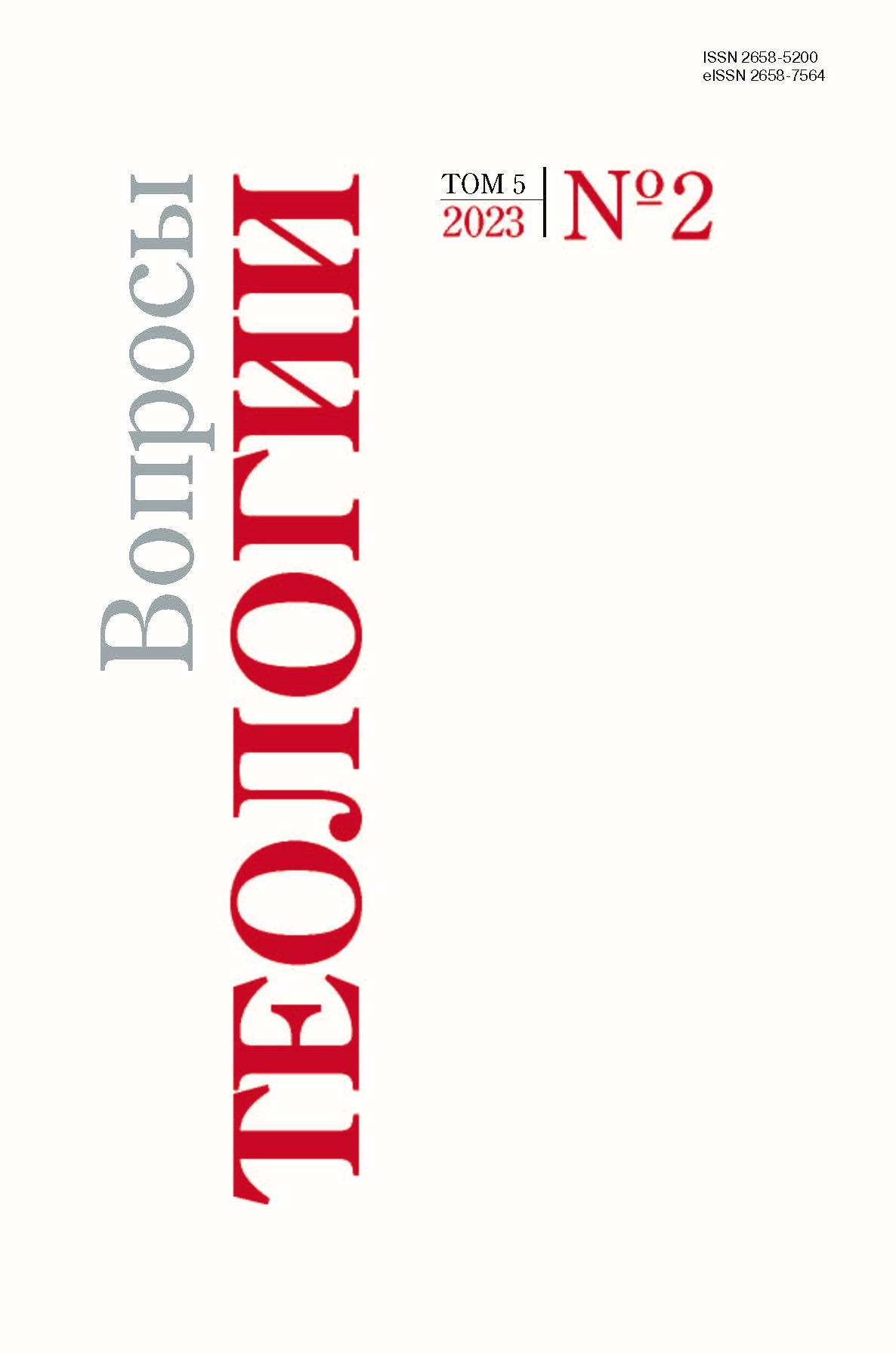Notes on Job 3
DOI:
https://doi.org/10.21638/spbu28.2023.201Abstract
In a reading of Job’s opening complaint in the third chapter of the Biblical book that avoids unnecessary emendation of the Hebrew text, it is suggested that the author attributes to Job the fatalistic belief that days are ordained to be good or evil and supernatural beings preside over such divisions of time. Accordingly, Job asserts that the sea monster Leviathan is destined to rise at the apocalyptic end of days and there are sorcerers whose spells are to raise him from the deeps. Along the same lines, the text introduces the striking image of edifices doomed even before their erection to become ruins. It is argued further that Job should be read as a satirical encounter with the Psalter in particular and with other, earlier texts of Scripture. Job is an eloquent, even witty tragic hero; his three friends, with their timid, conventional morality, resemble a Greek chorus: with introductions that look very like stage directions for characters, the book of Job displays a dramatic character, and can be compared in that respect to the classical Athenian theater. Passages from the pre-Socratic philosopher Heraclitus of Ephesus are also cited in the discussion. At several points, lyrics of English and American Romantic poets are adduced that resonate with the imagination of the author of the oration.
Keywords:
Job, fate, Psalms, theater, satire, Leviathan, ruins, Heraclitus of Ephesus, Bundahišn
Downloads
References
References
Downloads
Published
Issue
Section
License
Articles of "Issues of Theology" are open access distributed under the terms of the License Agreement with Saint Petersburg State University, which permits to the authors unrestricted distribution and self-archiving free of charge.




